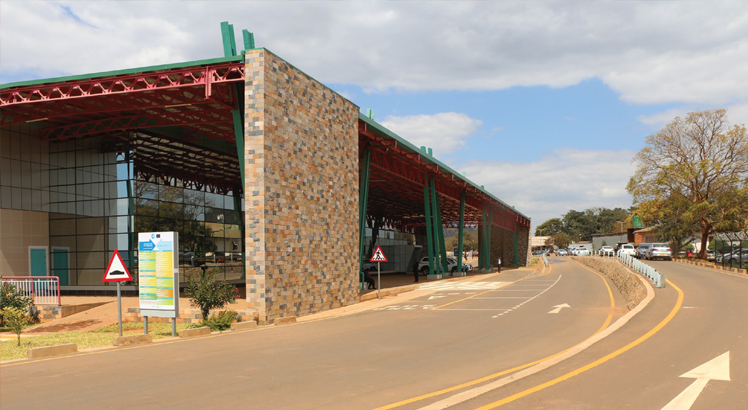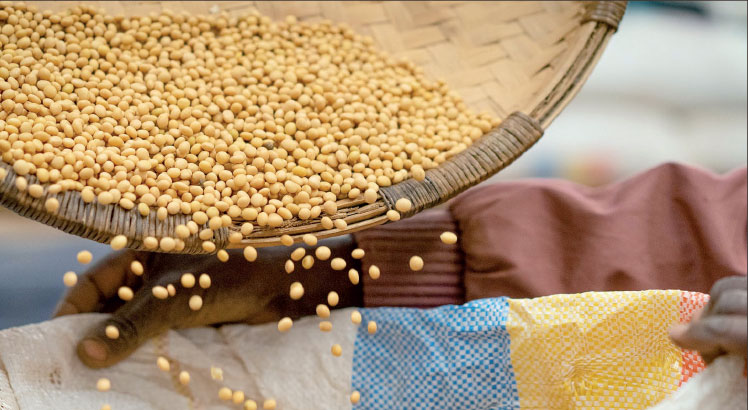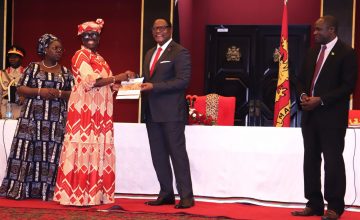Global cotton price upturn to benefit mw
A World Bank report has indicated that a moderate price recovery for cotton is expected in 2016 and 2017 based on the assumption that no sharp drawdown in Chinese stocks will take place.
The Commodity Markets Outlook Report dated October 2015 has noted that cotton prices declined marginally in the third quarter (July to September) of 2015 as the market returned to deficit after six consecutive years of supply glut.
The surplus of the past five years went mostly to stock-building by China which currently accounts for 57 percent of world stocks, according to the report.
In view of this, Cotton Farmers Association of Malawi (Cofam) has said it will lobby for better prices in the next growing season to increase production of one of the country’s cash crops.

This comes against the backdrop of declining cotton output due to lack of motivation for farmers to continue growing the crop and poor prices on the market.
Cofam vice-chairperson George Nnesa said in an interview that farmers do not benefit from the crop largely because of poor prices, stressing that they use predictions on the global market to determine the local buying prices.
He said: “The [cotton] sector is marred by poor prices in all the growing seasons and, as such, farmers are left destitute as they fail to realise gains from their sweat.
“We used to have a lot of farmers in the sector, including contract farmers but now the sector seems to be less beneficial [because] a lot of players have left the sector for more rewarding sectors within the agriculture industry.”
Nnesa said this explains why almost all the cotton produced in the country is grown by smallholder farmers.
“Growing cotton becomes more expensive mainly because almost all our inputs such as seeds and pesticides are imported from within Africa and beyond in countries such as Zimbabwe, India and China.
“This is unlike growing maize and legumes whose inputs are produced and sold locally at competitive prices,” said Nnesa.
Despite the crop being one of the country’s foreign exchange earner, its output has been below the potential output of about 300 000 metric tonnes (MT).
In 2014, government set the minimum price of selling the crop at K190 ($0.32) per kilogramme (kg) and K165 ($0.28) per kg for the first grade and second grade respectively, but the price went up to K220 ($0.37) per kg in some parts of the country due to demand occasioned by low output.
But Cotton Council of Malawi (CCM) interim secretary Bartholomew Ngauma said as a mediator between farmers and ginners, their main role is to ensure that cotton prices are set according to the farm gate price in which international prices are taken into account.
“We take into account the cost of production, which is at 30 percent and we marry that with parity pricing on the international market. But the main challenge is that a lot of farmers grow less cotton and they expect to make a lot of money out of it,” he said.
Ngauma said CCM plans to set a cotton pricing model which would take into account concerns from various players in the cotton value chain including overheads. n





